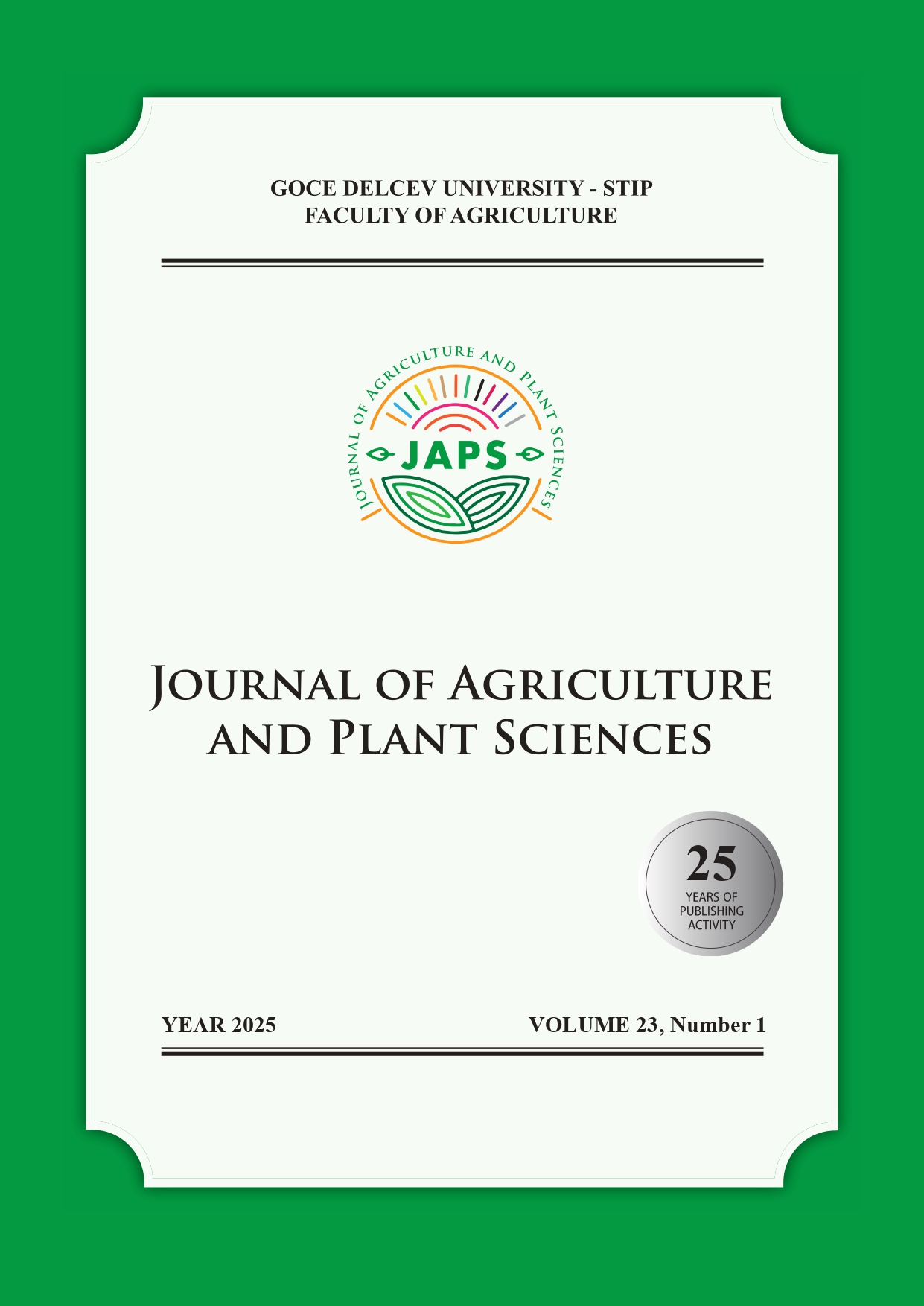THE SUCCINATE DEHIDROGENASE INHIBITOR FUNGICIDES: FUNGAL RESISTANCE AND ITS MANAGEMENT
DOI:
https://doi.org/10.46763/JAPS2523141kKeywords:
SDHI fungicides, resistance, plant protection, mode of action, fungicidal activityAbstract
Effective disease management is essential to mitigate the rapid emergence of resistant pathogen populations. An important group of fungicides that play a pivotal role in the integrated management systems, among others, also because of their low environmental toxicity, are succinate dehydrogenase inhibitors, which act by binding to the mitochondrial complex II of the respiratory system. Unlike first-generation SDHIs (e.g., carboxin and oxycarboxin), which exhibit high efficacy against basidiomycetes, newer compounds in this class (e.g., cyclobutrifluram, furametpyr, and inpyrfluxam) demonstrate broad-spectrum activity against a wide range of fungal species. However, their repeated and inadequate application strategies, can exert strong selection pressure, favoring the development of resistant fungal genotypes, which may ultimately compromise fungicide efficacy. This review examines both historical and recent advancements in understanding the molecular mechanisms underlying SDHI resistance, as well as other factors influencing the evolution of resistance. In addition, we provide insights into strategies for the effective use of newly developed SDHI molecules and highlight key research directions for combating resistance in the future.
Downloads
Published
Issue
Section
License
The intellectual property and copyright on the original content of all scientific contributions in the published paper shall remain with the authors. Authors give permission to the JAPS owner to publish the paper. All authors agree to publish the paper under Attribution-NonCommercial-NoDerivatives 4.0 International license (CC BY-NC-ND 4.0).

